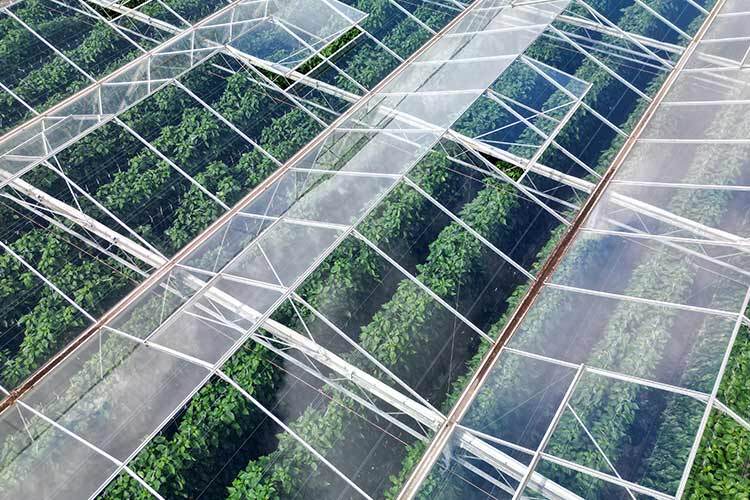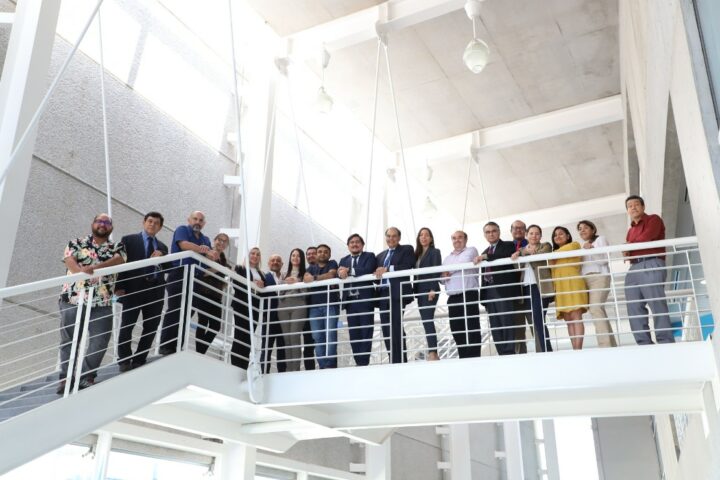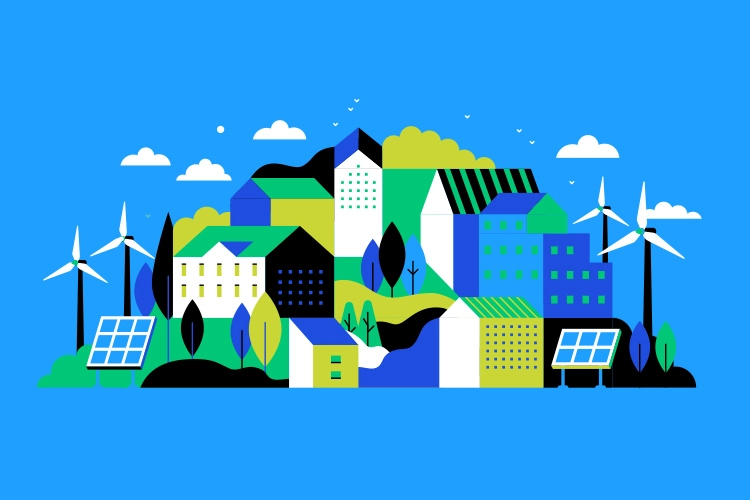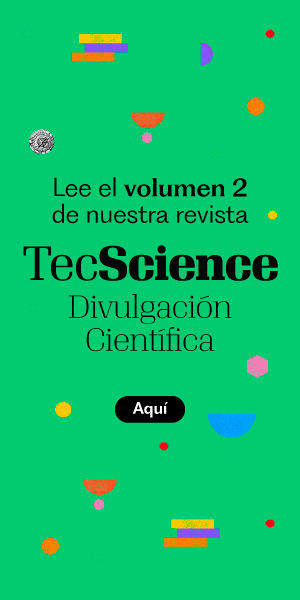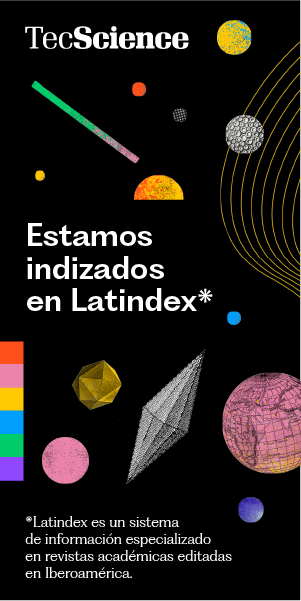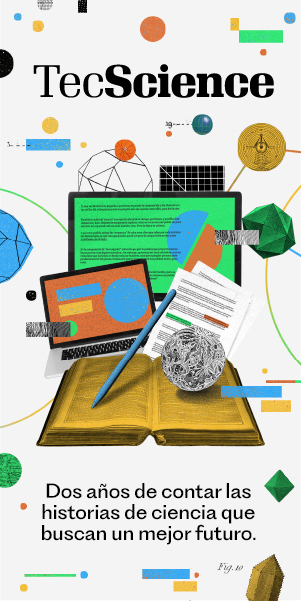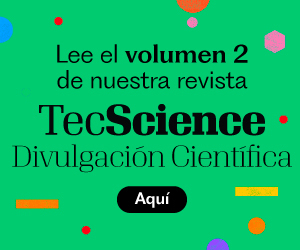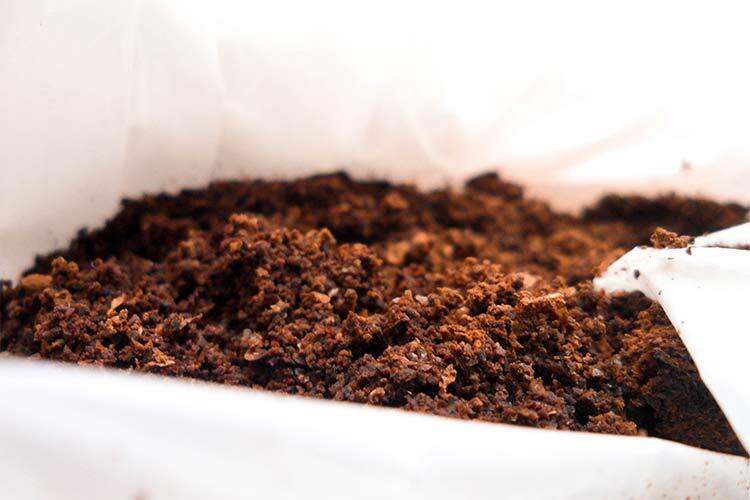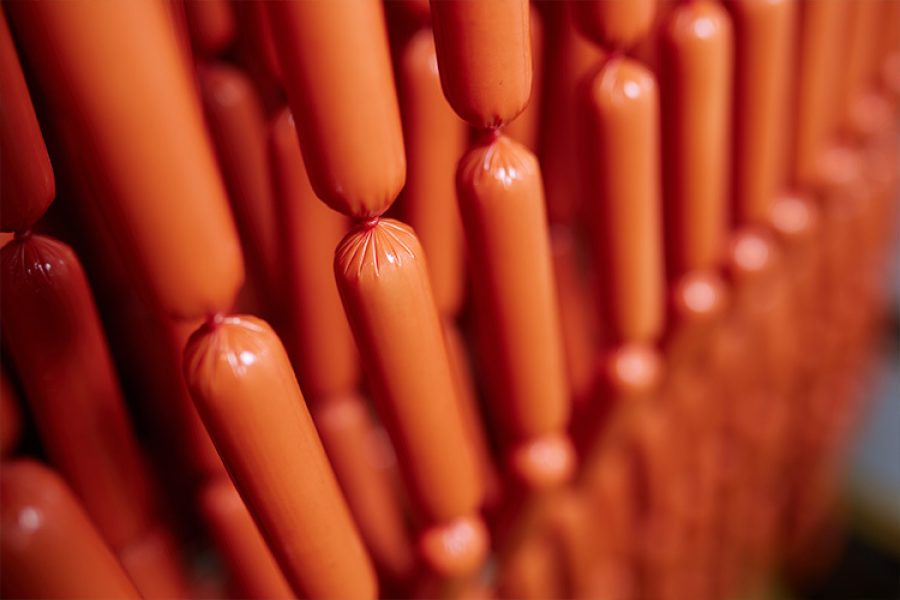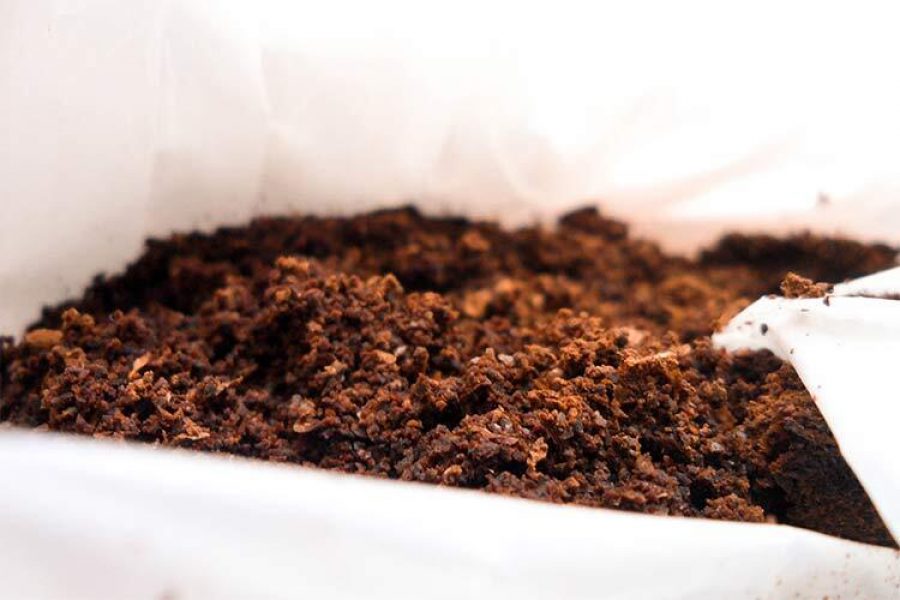Every day, agriculture faces growing challenges: climate change, water shortages, and resource use inefficiency. In this context, technological innovation and scientific research have become essential to ensuring sustainable production.
“As researchers, we have a responsibility to provide solutions that help the agricultural community, industry, and the general population,” explains Pedro Ponce, research professor at the Institute of Advanced Materials for Sustainable Manufacturing (IAMSM).
As the climate crisis alters rainfall and temperature patterns, this practice faces a critical challenge: the sector must maintain productivity without depleting natural resources. According to Mexico’s National Water Commission (CONAGUA), agriculture consumes nearly 77% of the nation’s freshwater, making efficient use of this resource an urgent priority.
For years, Ponce and his colleagues at IAMSM have been designing smart greenhouse systems that integrate multiple technologies. One of their most promising developments is AtmosTrace, a monitoring station that combines sensors, wireless communication, and predictive analytics to track crop conditions in real time.
“It collects all the data, sends it to the cloud, predicts behaviors, and returns the information to your mobile device so you can make decisions and keep your crops in optimal conditions,” Ponce explains.
The prototype has already been tested in experimental greenhouses and led to the creation of Hummsky Agrosolutions, a startup bringing this innovation to the agricultural sector and beyond.
Applied Science for Efficient Agriculture
While greenhouses can regulate temperature, humidity, and pest control, many farmers still rely on intuition to decide when to water or ventilate. This leads to wasting water or losing energy and yield.
AtmosTrace addresses this issue with a modular network of wireless sensors that measure variables such as temperature, relative humidity, atmospheric pressure, CO₂, and particulate matter, according to Antonio Rivera, Tec de Monterrey professor and CEO of Hummsky Agrosolutions.
Through predictive models, the data is analyzed at a central hub. In initial tests, the system reduced water use by 15% and increased crop yields, all while operating on solar power, eliminating the need for cables or external sources, which reduces their ecological footprint.
The next phase involves testing the system directly with farmers to create an affordable, scalable solution for small, medium, and large producers in Mexico and Latin America.
“We have made a lot of technological progress, but we need to scale, promote, and deploy it to be able to commercialize the final product,” says Omar Mata, IAMSM graduate and Hummsky Agrosoultions co-founder.
From Data to Knowledge
AtmosTrace AtmosTrace represents the future of smart agriculture, where farmers make decisions based on real-time, analyzed data instead of intuition. This approach transforms information into actionable insights that improve productivity and sustainability.
“We have an initial version that can be scaled: you can add and remove sensors, add or remove algorithms,” Ponce says. “It’s like the companies that make cell phones: they have a flexible base that allows for different versions.”
Beyond greenhouses, AtmosTrace technology can also optimize environments such as factories, hospitals, and industrial facilities, where temperature and humidity monitoring are key to efficiency and safety.
By turning scientific research into practical tools, AtmosTrace bridges the gap between data and innovation.
“The idea is that the data gives us the knowledge to make informed decisions,” Ponce concludes. “It’s not just about measuring the climate but also about learning from it.”
Did you find this story interesting? Would you like to publish it? Contact our content editor to learn more: marianaleonm@tec.mx.
